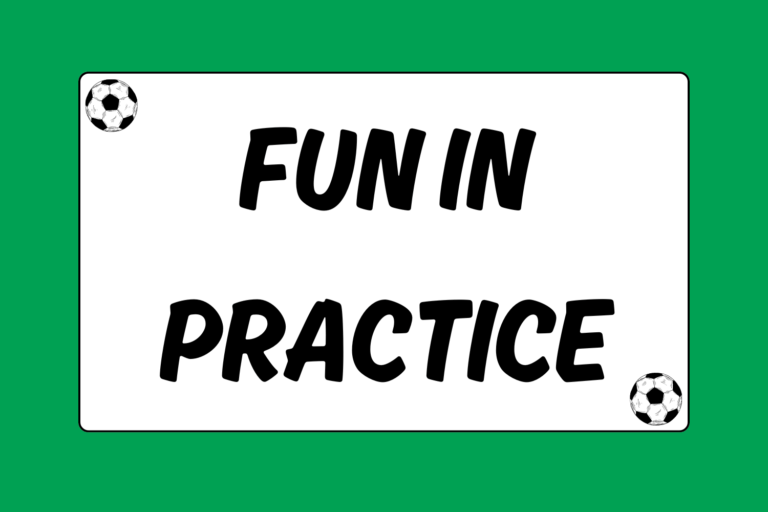The most important fitness training for soccer players comes in the form of a cardio improvement program. Developing your cardiovascular fitness gives you the strength to compete as hard at the end of a soccer match as you can during the opening minutes. For this reason, it’s important that you develop a conditioning program with teammates or coaches, and stick with it in preparation for, and during, a soccer season.
In recent years, the type of cardio training most regular players seek has changed. Whereas cardio training for soccer used to focus on long-distance running and aerobic exercise, many players now seek a combination of high-intensity exercises interspersed with light workouts and rest.
Interval Training
Interval training mirrors the stop-and-go movements of soccer by pairing brief bursts of activity or all-out sprinting with light activity or rest. Players work in repetitions that build up their ability to generate high-intensity activity over a longer period of time. In this way, it is totally opposite to the continuous, long-distance road work traditional soccer players are used to.
Interval training has many advantages over traditional long-distance training:
- Simulates soccer-specific activity: Interval training incorporates soccer-specific movements like jumping, tackling, side shuffles, and quick forward/backward bursts; these are inherent in the abilities needed to play soccer.
- Reduces the risk of running injuries: Long-distance running wears on the joints and often leads to tendonitis, Achilles pain, plantar fasciitis and general soreness of the joints.
- Increases the body’s ability to handle lactic acid build-up: By incorporating rest and light activity, your body builds up a familiarity with recovery from lactic acid, leading to quicker in-game recovery.
- Increases mental preparation: Interval training will help boost the confidence you have in your overall fitness levels, especially in the final minutes of a game.
- Adds variety: Interval training lets you mix up your routine to fight the monotony of long-distance cardio work.
Interval training is also a great recovery method for the day following a tough game. Instead of hitting the pavement, mix light activity with short sprints or low-impact work to get training in without taxing overburdened muscles.
Mental Edge
Interval training can/should also be used in pre-season training. An example routine would be breaking up a three-mile run into sprints and jogs. Instead of running 8-minute miles, a player would alternate sprinting for a ½ mile in three minutes and jogging the second ½ mile in five minutes.
Preparing Your Cardio Session
In creating a cardio training session, the goal should be to mimic game conditions as closely as possible. Midfielders and sweepers who spend a lot of time running up and down the field should lengthen their running interval. Conversely, forwards and defenders who need short bursts late in games should limit running duration and increase intensity.
Cardio training should be based on four variables:
- The duration of the work interval
- The intensity of the work interval
- The time needed for rest between intervals
- The overall time dedicated to the training session
Effective cardio training builds on current conditioning levels. The duration and intensity of your intervals should be challenging, but not overwhelming — they should push you slightly beyond your customary comfort level.
During interval training, the amount of rest you take between intervals depends on how hard you go each time, as well as your overall fitness level. Decreasing the length of rest periods is a good way to increase the intensity of your workouts and accelerate your fitness. However, it’s important to pay attention to your body and get enough rest to avoid overexertion.
Low-impact Exercises
The nature of soccer makes it difficult to avoid joint injuries and soreness during the course of a long season. A good way to limit the risk of such ailments is to incorporate elliptical machines, bikes or other low-impact training equipment into your cardio workout program.
Low-impact exercises allow you to develop cardio fitness without impacting your knees and joints. They should be used to support your running and training work, and can help you increase endurance. Many soccer players fail to take advantage of low-impact equipment, especially during the season.
Mental Edge
Overtraining can undermine your conditioning work by making full recovery impossible. Be sure to incorporate rest days into your program, and be prepared to scale back cardio training if you feel overworked or unable to give your best on the soccer field.
Consistency
The fittest soccer players are very consistent in their cardio training. However, increasing workloads should be slow and gradual. It’s important to work consistently and to build distances and sprint times. Overexerting during individual workouts has little positive impact and can often lead to injury or overtraining.
Cardio training programs are usually built around work six days per week, with one day of rest. Alternating conditioning activities makes it easier to be consistent. It’s also helpful be consistent with diet and nutrition habits, so that you have the right amount of healthy carbohydrate fuel for your best performance. Healthy habits are the foundation of excellent cardio training.
“I am building a fire, and every day I train, I add more fuel. At just the right moment, I light the match.”
Mia Hamm
U.S. National Soccer Hall of Famer
End of Game Success
Effective cardio training will give you an edge in soccer. Aside from helping you stay competitive during a game, it can also give you that extra ounce of energy to get to a ball or connect on an accurate pass in the final minutes.
Each player should design a program built around his own goals and current fitness level. Programs that follow the tips in this guide will get you on the right track for success and prepare you to get through the season as fit as possible.




